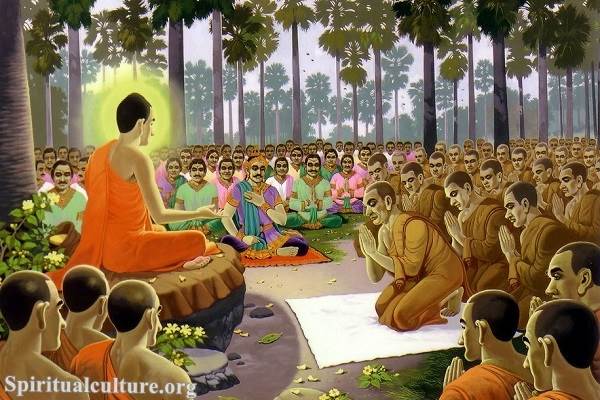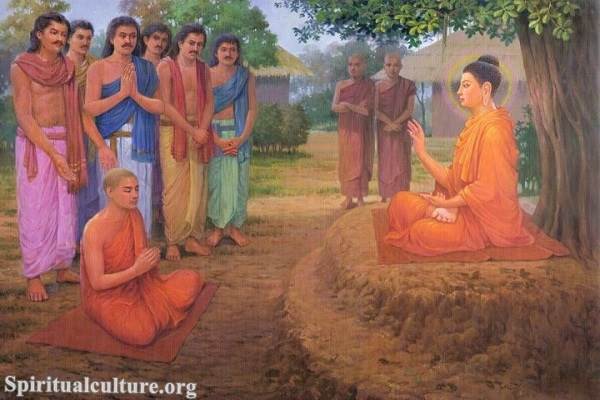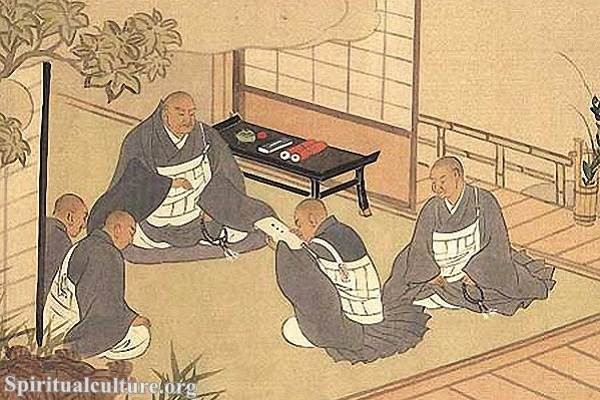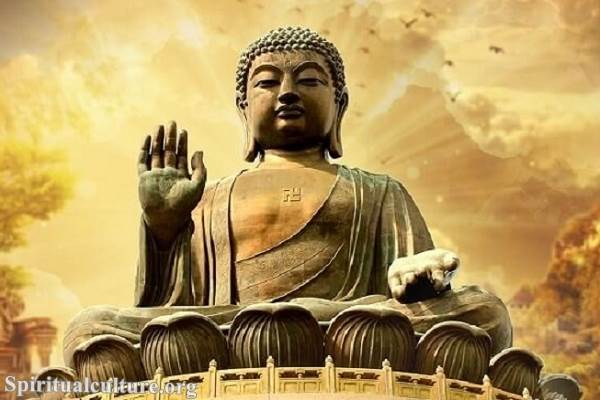Buddhism is more than just a religion; it is a philosophy and a way of life that has been practiced for centuries across various cultures and countries. One of the most fascinating aspects of Buddhism is its rich history and the way it has influenced architecture and art worldwide. A perfect embodiment of this influence is the Leshan Giant Buddha, a colossal statue carved into the side of Lingyun Mountain in the city of Leshan, in China’s Sichuan province.
The Leshan Giant Buddha, a monumental statue standing at a staggering height of 71 meters, is a testament to the skill and dedication of ancient craftsmen and the profound influence of Buddhism. It is the largest stone Buddha in the world and has been listed as a UNESCO World Heritage Site since 1996.
Buddhism: A Brief Overview
To fully appreciate the Leshan Giant Buddha, one must first understand the religion that inspired its creation. Buddhism is a spiritual tradition that focuses on personal spiritual development and the attainment of a deep insight into the true nature of life. It originated in the Indian subcontinent in the 6th century BCE and gradually spread across Asia.
Buddhism teaches the practice of mindfulness, ethical conduct, and meditation to understand the truth of human suffering and the path to its cessation. The teachings of Buddhism are encapsulated in the Four Noble Truths and the Eightfold Path, as taught by Gautama Buddha, the founder of Buddhism.
The Leshan Giant Buddha: A Marvel of Buddhist Art
The construction of the Leshan Giant Buddha began in 713 AD, during the Tang Dynasty, under the supervision of a Chinese monk named Haitong. The project was initially conceived with the hope that the Buddha’s presence would calm the turbulent waters of the three rivers below, making it safer for shipping vessels. The construction lasted for 90 years and was completed by Haitong’s disciples after his death.
The Leshan Giant Buddha is carved out of a cliff face that lies at the confluence of the Minjiang, Dadu, and Qingyi rivers. The statue depicts a seated Maitreya Buddha with his hands resting on his knees, gazing peacefully across the river. The detail of the carving is astounding, from the 1,021 buns in the Buddha’s coiled hair to the drainage system that was incorporated into the design to prevent weathering.
The Influence of Buddhism on the Leshan Giant Buddha
The Leshan Giant Buddha is not merely an architectural marvel but also a symbol of the profound influence of Buddhism in the region during the Tang Dynasty. The choice of Maitreya Buddha for the statue reflects the prevalent belief in Maitreya’s future arrival, a central aspect of Buddhist eschatology.
Moreover, the Leshan Giant Buddha serves as a tangible representation of key Buddhist teachings. Its tranquil expression embodies the peace and serenity that come from spiritual enlightenment. Its enormous size signifies the vastness of the Buddha’s wisdom and compassion.
In conclusion, the Leshan Giant Buddha is a magnificent testament to the influence of Buddhism and its teachings. It stands as a reminder of the rich history and cultural heritage of Buddhism, inspiring awe and reverence in everyone who beholds it. Whether you are a follower of Buddhism or a lover of history and art, a visit to the Leshan Giant Buddha offers an unforgettable experience of spiritual and historical exploration.





